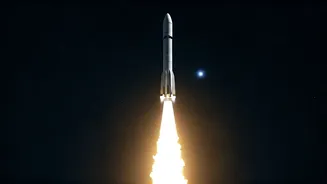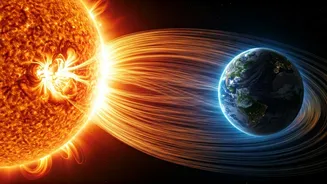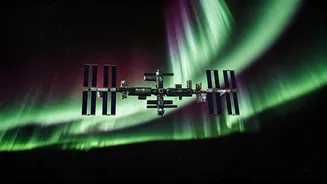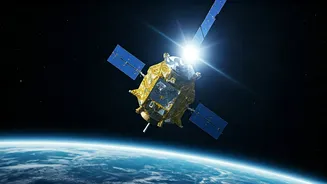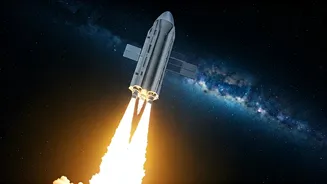Solar Storm's Intensity
The occurrence was a formidable solar storm, characterized by violent outbursts of energy from the sun. The key aspect of this storm was the presence of significant
coronal mass ejections (CMEs). CMEs involve the release of massive quantities of plasma and magnetic field from the sun's corona. These ejections can travel through space at high speeds, potentially impacting anything in their path. The intensity of these events is measured based on the amount of solar material and energy released. In this instance, the CMEs were strong enough to pose a risk to the astronauts on the ISS.
Threat to Astronauts
Astronauts aboard the ISS face many potential dangers, from micrometeoroid impacts to radiation exposure. During solar storms, the risk of radiation exposure rises dramatically. High-energy particles from the sun can penetrate spacecraft and damage sensitive electronic equipment, posing direct health risks to the crew. Unprotected, these particles can cause radiation sickness, increasing the risk of cancer and other serious health problems. The storm's intensity necessitated swift action to ensure astronaut safety, highlighting the importance of space weather monitoring.
Emergency Protocols Activated
Faced with the increasing threat, the ISS crew implemented emergency protocols, prioritizing their safety. These protocols mandated that the astronauts take shelter in the most heavily shielded parts of the station. Such areas typically feature enhanced protection against radiation, including thicker walls and specific shielding materials. By relocating to these locations, the crew effectively minimized their exposure to the incoming solar radiation. The swiftness and effectiveness of these protocols were crucial in safeguarding the astronauts from the most severe effects of the storm.
Seeking Safe Haven
The process of taking shelter within the shielded areas involved a series of steps. Firstly, the astronauts received alerts about the advancing solar storm, triggering pre-determined procedures. They then moved to the designated safe zones. In these areas, they remained until the storm subsided, monitoring radiation levels and the storm’s overall activity. Communication with ground control was maintained throughout the event, enabling the mission controllers to provide real-time updates and additional support as required. The collective response of the crew and ground control was a testament to the importance of preparedness.
Space Weather Monitoring
Monitoring space weather is critical for protecting assets and personnel in space. Space weather includes the conditions on the sun and in space that can influence the performance and reliability of space-borne and ground-based technological systems, and endanger human life or health. Scientists use satellites and ground-based observatories to observe the sun and space, monitoring solar flares, CMEs, and other events. This monitoring allows for early warnings and predictions of space weather events, enabling organizations such as NASA to take proactive measures to protect astronauts and equipment. Accurate forecasting is critical to the safety of all those involved in space exploration.
Aftermath and Analysis
Once the solar storm passed, the ISS crew and ground controllers began assessing the effects of the event. They examined the performance of the station's systems, checking for any potential damage from radiation exposure. Measurements of radiation levels inside the protected areas were also assessed to confirm the effectiveness of the shielding. Analyzing data from the storm, including CME characteristics and radiation levels, allows for improvements in forecasting methods and emergency protocols. This in-depth analysis helps to further enhance the safety of space missions and protects the health of astronauts.


